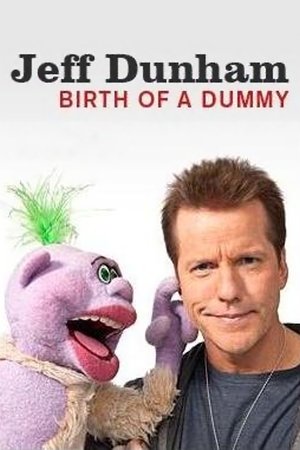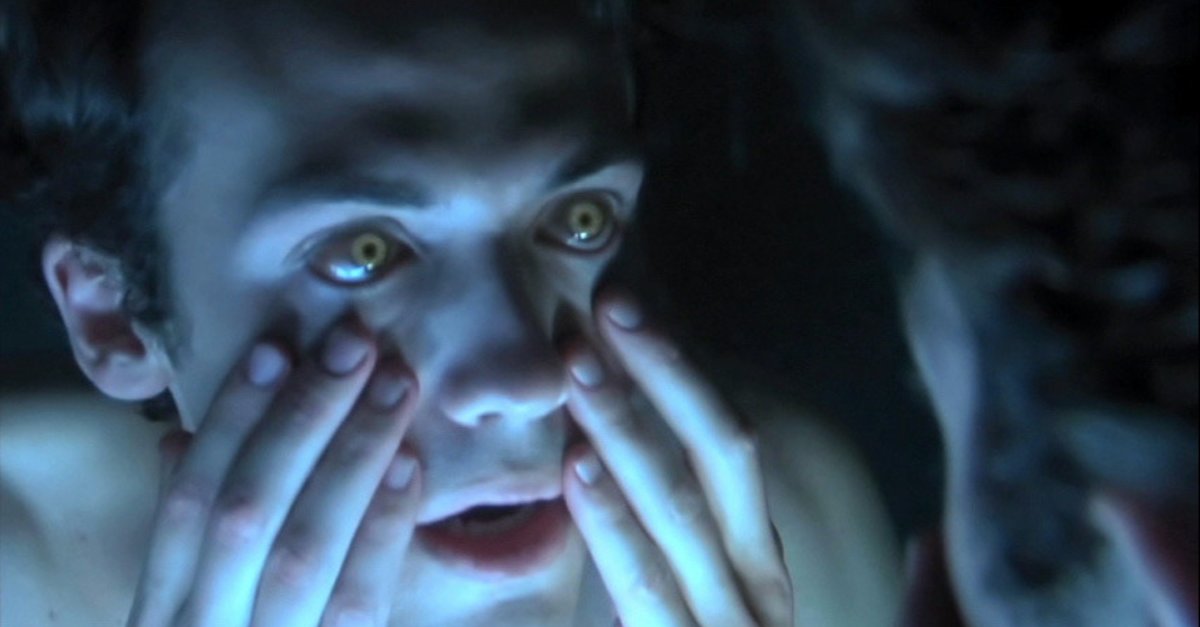
The international television event was one of the most lauded of the year, earning Irons his first Emmy and Golden Globe nominations. Following a starring role in the 1977 British television miniseries "Love for Lydia," Irons made a less-than-stellar big screen debut as Mikhail Fokine in Herbert Ross' biopic, "Nijinsky" (1980), but became internationally renowned when he was cast opposite Meryl Streep in the romantic drama, "The French Lieutenant's Woman" (1981), based on John Fowles' novel.Hot on the heels of Irons' BAFTA-nominated performance in that film, he took the lead as observant narrator Charles Ryder in the TV adaptation of Evelyn Waugh's "Brideshead Revisited" (ITV/PBS, 1981). On screen, Irons first gained notice for his portrayal of classical composer Franz Liszt in the British miniseries, "Notorious Woman" (PBS, 1975). After several years of acting in modern dramas and Shakespeare alike, Irons made his London stage debut in 1971 playing John the Baptist in "Godspell," a role that employed the actor for two years. He decided to pursue a future on stage and studied drama at the Old Vic Theatre School in Bristol, where he got his professional start as a member of the company beginning in the late 1960s. While a boarding school student in Dorset, Irons could often be found performing, sometimes with his four-piece band (as the drummer) and sometimes in comedy skits for school events.
2011 movie about the son of a clockmaker movie#
Be sure to put this movie at the top of your holiday movie “to-do” list.Irons was born on England's Isle of Wight on Sept. Hugo, especially in 3D, will leave viewers (children and adults alike) with an experience that they will not soon forget. Scorsese manages to bring the art of filmmaking to a family friendly medium. Even villainous characters, in addition to the story’s protagonists, have a level of depth unseen in modern kid’s movies. The character development is particularly exceptional. If one goes into the movie expecting a lighthearted, yet quite deep, children’s story, then Hugo certainly won’t disappoint. Without giving away any spoilers, it’s safe to say that 3D adds a much-needed element to Hugo, especially during the movie’s tenser scenes. This is made especially clear in the opening scene when the camera flies through the entire railway station as people going about their daily routines rip past the audience. The entire movie was shot with 3D viewing in mind. A few segments of the movie feature silent films, some of which are from the original time period and some of which Scorsese created solely for this movie.Īs far as the 3D aspect goes, Hugo shines in almost every area. He even employs the techniques found in silent movies throughout Hugo, including extreme gestures, clever special effects, and intricate set design. Scorsese approaches the aspects of film with obvious reverence and passion. An artist’s work is at its best when the artist enjoys what they’re working on and Hugo is no exception. Spoilers excluded, the story follows the history of the movie industry quite closely, and details the reasons why early filmmakers found it such an engaging and artistic medium.

Scorsese’s work particularly shines because it pays homage to the history of filmmaking.

He meets all kinds of interesting characters, including a local toymaker (Ben Kingsley) and an intransigent train station security guard (Sacha Baron Cohen), during his quest to finish the work left uncompleted by his recently deceased father. Hugo (based on the book The Invention of Hugo Cabret by Brian Selznick) is a story set in 1930s France about Hugo Cabret, the son of a master clockmaker (Asa Butterfield), who is orphaned and lives alone in the walls of a Parisian railway station. After all, why should a studio fork out the extra cash necessary for an entirely 3D production, when they can just shoot 10 minutes of footage in 3D and still collect the additional $5 to $10 per ticket? The answer lies in Martin Scorsese’s new film, Hugo.

It seems all too often that movie trailers for children’s movies feature the same ending tagline: “ALSO APPEARING IN 3D!” For the most part, this simply means that a few scenes in the movie are shot in 3D, while the rest of the film is merely converted via a computer program to create the illusion of depth.


 0 kommentar(er)
0 kommentar(er)
